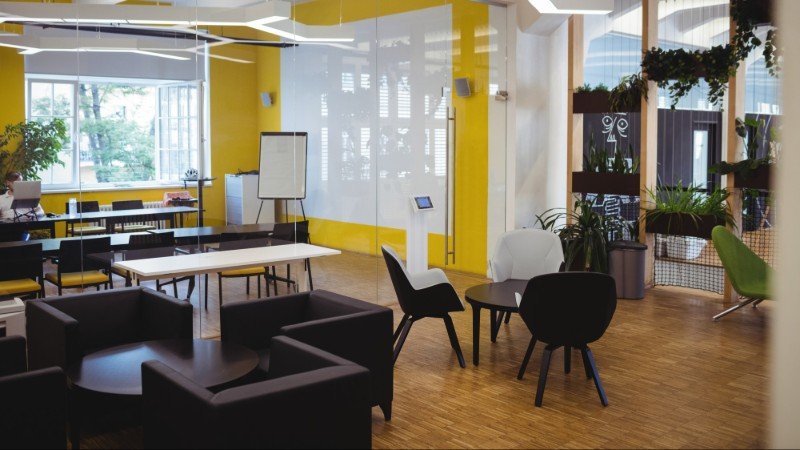Part 1: Construction Feasibility Studies
A feasibility study is an analysis that takes all of a project's relevant factors into account. There are several advantages to having one done. This article outlines some of them.

A prudent investor will seek to gain as much knowledge as possible about their investment before committing resources to it. Developing real estate is a sizeable investment and for a significant number of people it is the biggest investment they will have to make in their lives. For considerable investments such as real estate development, the decisions you make need to be based on information that is as accurate as possible. A small mistake could have devastating consequences. Consequently, there is a need for crystal-clear clarity on a proposed real estate project prior to development. Thankfully, there are things that we, professionals, can do to set you on the path towards realization of your real estate objectives.
Introduction to Feasibility Studies
A feasibility study is an analysis that takes all of a project’s relevant factors into account. It is done at the preliminary stages of a construction development. It is usually done for large or complex construction projects, or where there is some doubt or controversy regarding the proposed development. If an Environmental Impact Assessment (EIA) is required, then it is best undertaken as part of feasibility studies. The main purpose of feasibility studies is to establish whether the construction project is viable; and if not, to identify feasible options. A feasibility study has several advantages.
Advantage 1: Gaining more insights about the target market
The first one would be that it enables the developer to gain more knowledge about his or her target market. When developing a residence for yourself, you are the target market. In such cases, a feasibility study is not very important. However, when developing units to let out or sell, a feasibility study is very important. Real estate development is product development and it is important to achieve a product-market fit. It is impossible to guarantee the success of your construction project with a face-value look at the market. Without a product-market fit, you will have units that take too long to offload or don’t sell at all. A detailed analysis of the target market will thus enable you to understand the end-user’s perspective and consequently come up with a development that meets their needs.
As a developer, you want your construction project to create value for the end users of the project and yourself as well. To achieve the latter, you will need to achieve the former. It is the only way. Once the end users’ needs are met, your aspirations for profit will without doubt be met. The end user typically wants a unit that is affordable to them, aesthetic, has adequate supply of services (electricity, water, etc.), in a neighborhood that offers them peace of mind and that is in close proximity to the zones they like or have to frequent. The end users’ needs vary depending on the target market. It is therefore important to conduct feasibility studies for each project separately. Assuming that findings of a different project’s feasibility study will apply to your project might be disastrous.
Advantage 2: Enabling the creation of value and choice
Developments that offer value and more choices to their end users are always best positioned for success. To offer more value and choice to end users, you need to carefully evaluate their preferences in sufficient detail. Additionally, you will need to have an awareness of competing developments and the value addition your development brings to the market. A feasibility study enables you to have an increased awareness of end users’ preferences and the options currently available in the market. A properly conducted feasibility study enables you to make accurate decisions that result in more value and choice for the end user and as a result, you, the developer, will get value for your investment.
Advantage 3: Evaluating suitability of the location to the project
Specific developments perform very well in specific locations. Developing a high end apartment on the fringes of a slum area means that you will have a hard time offloading the units into the market. Similarly, an office block in an area that is largely industrial will be a hard sell. In some cases, the developer, despite having a construction development in mind, has not acquired land for it yet. In these cases, they should aim to acquire land in a location that will suit and complement the kind of development they intend to bring into the market. When considering location, several factors come into play. Some of them include: physical planning considerations, building grade, saturation of development type, infrastructure and price of land.
Advantage 4: Identifying all laws and regulations to be observed
Another advantage of feasibility studies is that they enable the developer to get a feel of all the laws and regulations applicable to the development he or she intends to carry out. Some developers have learnt this the hard way when developments they had successfully completed had to be demolished because they violated particular laws. An example that comes to mind is the demolition of Taj Mall in Nairobi, Kenya on claims that it had been built on a road reserve. This led to huge losses to the developer of the mall. Common law dictates that negligence is no defense. With a good feasibility study, adherence to all applicable laws is a tad easier.
Advantage 5: Enabling development with existing infrastructure and public services in mind
In Nairobi, it is not uncommon for home owners to bemoan the absence of running water in their homes. Sometimes, the water absence drags on for weeks leading to home owners feeling stressed and their wellbeing adversely affected. A developer who is aware of the strains that his or her development will put on the existing water supply might opt to drill a borehole instead. That awareness is only possible with a properly conducted feasibility study. On the flipside, if the existing infrastructure is found to be able to support more than the units the developer intends to build, then a decision may be made to revise the number of units upwards.
Conclusion
Goldberry Investments as part of its consultancy services carries out feasibility studies on behalf of its clients. You can get in touch with using any of the options in the Contacts section of the footer below.
To claim that this list of five is exhaustive will be misleading since feasibility studies have many more benefits. Part one of this continuing article was prepared to bring to your attention some of these benefits. In part two of this article, we will explore the contents of a good feasibility study.
You can stay in the loop by subscribing to our newsroom using the form below. Until next time, cheers!
Stay Updated
Subscribe to our newsletter to get the latest articles and insights delivered to your inbox.
Tags
Related Articles

The Standard Method of Measurement of Building Works for Eastern Africa
Discover the history, structure, and benefits of the Standard Method of Measurement (SMM) for Eastern Africa and why it matters in construction cost management....

Part 2: Construction Feasibility Studies
This article outlines the major parts of a construction feasibility study....

Productive Office Spaces
The design of an office space affects the productivity of its occupants. In this article, we explore factors that should be considered when designing an office space so as to enhance productivity....
